A Minus Plato Screening in collaboration with sair goetz and Layla Muchnik-Benali
Mask-Faced Media is a film screening and reading created to introduce, accompany and expand Minus Plato a.k.a Richard Fletcher’s book No Philosopher King: An Everyday Guide to Art and Life under Trump. The selection of short films explores the politics of representation and disguise, embodied experiences of travel and belonging, and Indigenous knowledge and its mediation, as part of an unfinished curriculum and ongoing process of unlearning.
Part One: No Philosopher King
sair goetz, Hold Yr Tongue, five videos, color, sound, 2017-2020, 10 min

[1] find a guide to a well-ordered universe. [2] learn to become a man of letters. [3] suffer violations at their lips and hips. [4] find them in your mouth when you are finding your way. [5] learn how to talk around it. A character attempts to talk around a traumatic experience. A character attempts to talk around an object in their mouth. A body takes up alphabetical orders, as no logical order could be found.
Abbe Leigh Fletcher, Railwaywomen, video, color, sound, 2018, 5 min

The film asks the question: What is the impact of family life on the creative process? Railwaywomen focuses on a young passenger’s experience of a steam train, whilst juxtaposing portraits of her with the driver and guard. The three female characters represent different generations of womanhood. The filmmaker’s daughter, mother and artistic collaborator play the passenger, guard and driver, respectively. The film presents a crossing of paths, a glimpse of each character.
Cameron Granger, This Must Be the Place, video, color, sound, 2018, 5 min
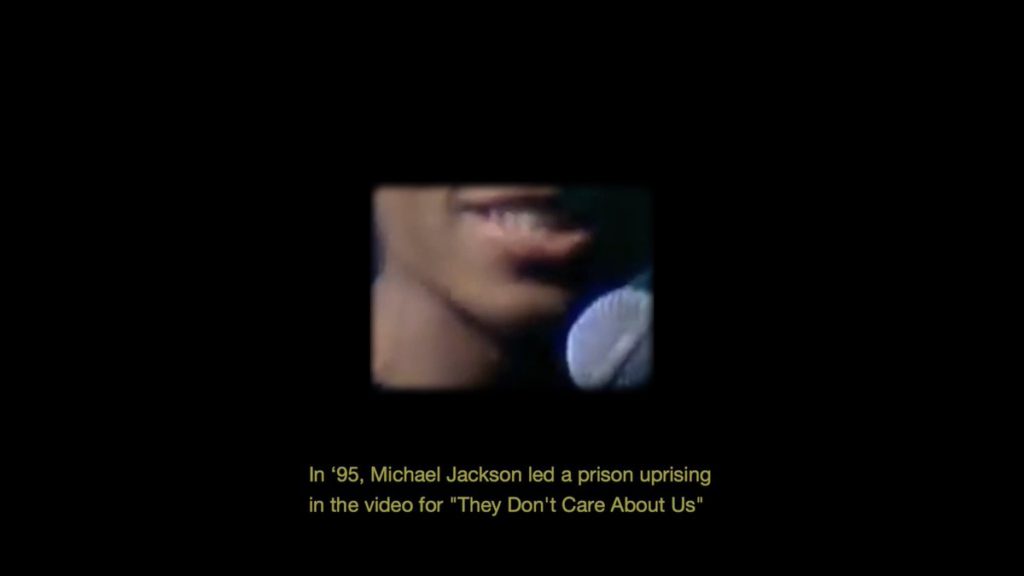
Inspired by the people that have helped me find homes in the many places my travels have taken me to, and the people that were ripped away from theirs many years ago on the mother continent.
Rheim Alkadhi, The Eye Theatre Closes Its Doors, and Opens Them Again, video, color, sound, 2015, 12 min. Commissioned by Queensland Art Gallery & Gallery of Modern Art
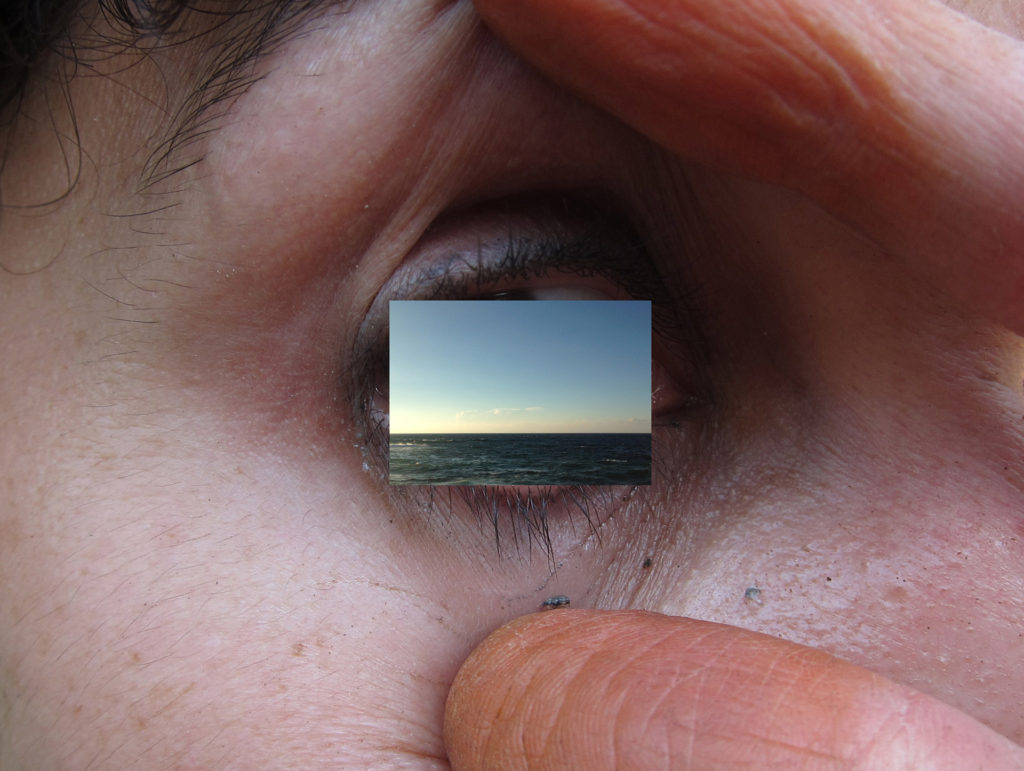
Rheim Alkadhi investigates the potential of art as a public platform rather than a private process. The performance draws inspiration from the Living Newspaper, a dramatic production based on current events that developed in the 1930s. As an Iraqi living abroad, she depends on newspapers for information of her homeland and simultaneously deeply aware that they are not impartial. Using images taken in the Persian Gulf, Palestine, and North Africa, the performance focuses on the inherent theatricality within photography.
Andreas Angelidakis, Iolas, video, color, sound, 2014, 9 min

Andreas Angelidakis’s film focuses on the decadent villa of Alexander Iolas, a prominent modern art collector and gallerist in Athens. Since Iolas’s death in 1987, the villa has been looted many times and now stands abandoned and in disarray. Based on photographs, Angelidakis’s film functions as a haunting documentation of an art-world ruin.
Part Two: Unseen at documenta 14
Ross Birrell, Criollo, video, color, sound, 2017, 7 min. Commissioned by documenta 14

Criollo is inspired by Tschiffely’s Ride (1933), an autobiographical account of a 10,000 mile equestrian journey from Buenos Aires to New York in 1925-1928 by Swiss-Argentine horseman Aimé Félix Tschiffely riding on two Argentine criollos, Mancha and Gato. The criollo is renowned for its stamina and temperament. The horse appearing in the film is a criollo Ahi Veremos Resero, raised on the estancia El Cardal, Ayacucho, Argentina. Ahi was donated by Oscar Solanet, the son of Dr Emelio Solanet, who donated Mancha and Gato to Tschiffely. Ahi was brought from Buenos Aires to New York via air and road transportation, and arrives in New York as an apparition. Criollo is a variant of creole, and holds associations to postcolonialism and creolization.
Eva Stefani, Manuscript, video, color, sound, 2017, 12 min.

Molly, a woman or a dog, wanders
in the city making bubbles. It is a national holiday and Molly walks in all
fours among parades, people in uniform and ancient drama theater plays.
Part Three: The Great Unlearning
Nathan Pohio, Ngā Ringa Toi o Tahu, video, color, 2017, 12 min. Video courtesy of Te Rūnanga o Ngāi Tahu and Te Māngai Pāho.
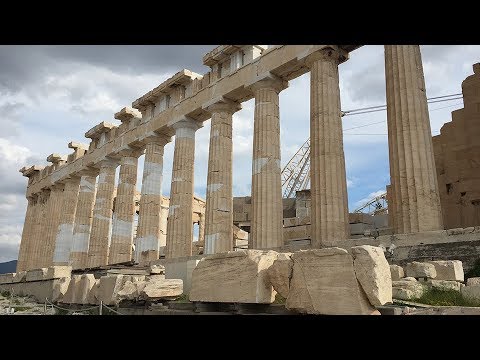
Nathan Pohio is an artist from New Zealand whose work combines Ngāi Tahu and contemporary Māori society histories with cinema history. He was invited to exhibit at documenta 14, one of the most highly regarded contemporary art exhibitions. This documentary follows Nathan and his work to the exhibition opening in Athens where his project was featured in the entrance to the National Museum of Contemporary Art, EMST.
Sky Hopinka, Fainting Spells, video color, sound, 2018, 11 min
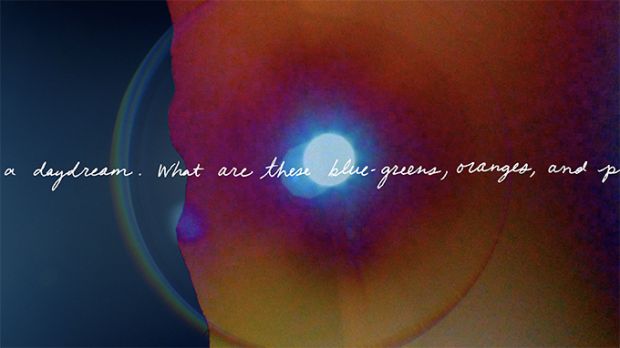
Told through recollections of youth, learning, lore, and departure, this is an imagined myth for the Xąwį ska, or the Indian Pipe Plant used by the Ho-Chunk to revive those who have fainted.
Caroline Monnet, Tshiuetin, video, b/w, sound, 2016, 11 min

A trip on an Indigenous-owned train line in northern Québec, shot in exquisite black and white, becomes an eloquent symbol of the pride and dignity that come with autonomy.
Mark Salvatus, Blue Moon, video, color, sound, 2019, 10 min

On December 31, 1910, in Mark Salvatus’s hometown of Lucban in the Philippines, a masquerade took place to “pay tribute”, as a local newspaper reported “to the year that had just ended.” Intended to provide “proof” of the town’s “exquisite taste and love for riots and expansion,” the Lucban Carnival in 1910 was realized just once, almost vanishing from social memory and remaining unrecognized for 100 years. Upon discovering an image of the carnival and a newspaper article in Manila’s Lopez Museum archives, Salvatus decided to re-enact this historical moment in Lucban, a belated reprisal reanimating this uncanny, perplexing, yet beguiling event.
Layla Muchnik-Benali, waving goodbye to the sun, video, color, sound, ongoing project, length varies
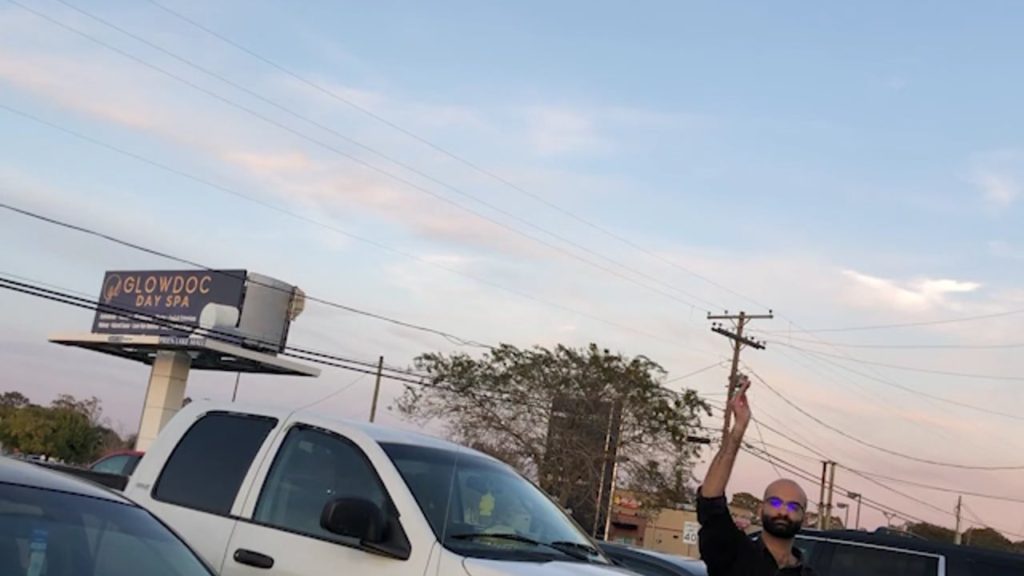
This project is interested in taking a moment to acknowledge, see, feel, and thank the sun. Everyone is invited to participate. Find submission guidelines at www.wavingtothesun.com
Mask-Faced Media is curated by Minus Plato for Rubicon Cinema, in collaboration with Layla Muchnik-Benali and sair goetz
Minus Plato
Minus Plato started life in 2012 as a blog about the dynamics between ancient Greek and Roman culture and Modern/Contemporary Art, written by Richard Fletcher, an Associate Professor in the Classics Department at Ohio State University. During the first year and a half of the Trump presidency and following a transformative experience at documenta 14 in Athens and Kassel, Minus Plato developed into a platform for art education and decolonial critique. As a result, Fletcher now writes as Minus Plato from the OSU Department of Arts Administration, Education and Policy.
Layla Muchnik-Benali
Layla Muchnik-Benali is currently a part-time graduate student in Art Education at OSU and a part-time curatorial assistant in Film/Video at the Wexner Center for the Arts. Her research interests include postcolonial theory and anti-colonial practice, museum education, and film studies.
sair goetz
sair goetz is a video- and text- based artist and educator, working on topics of voice, silence, and non-binary gender identity across technology and body.